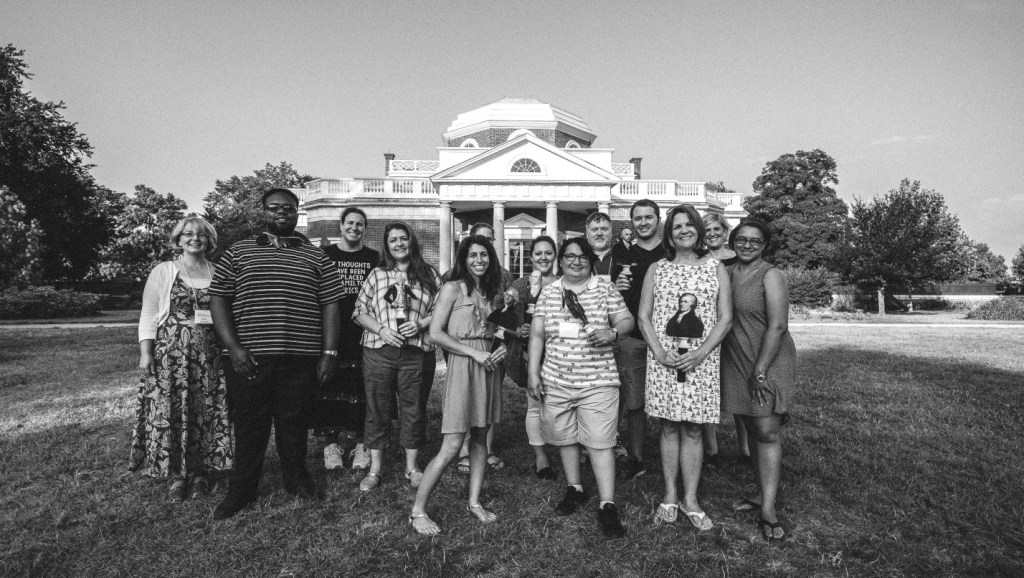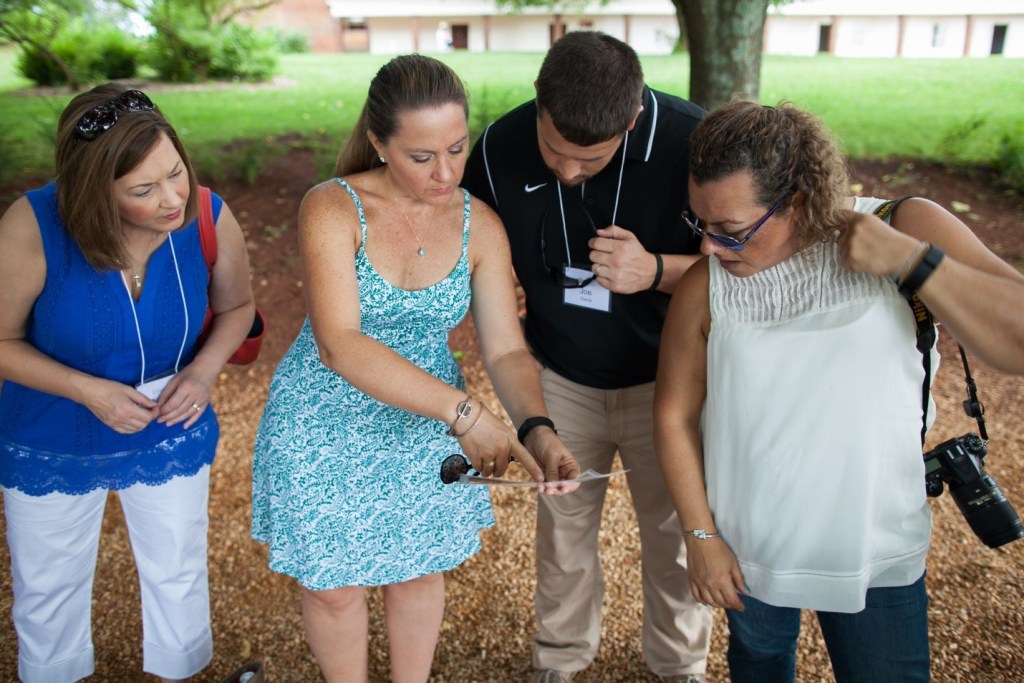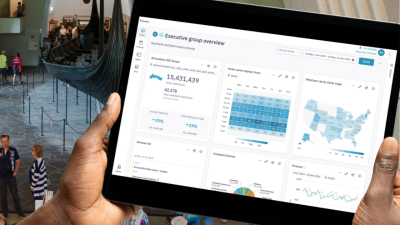

When teachers talk about the value of field trips to their students, the power of experiencing history or being in “the room where it happen[ed]” to quote Lin-Manuel Miranda, is often mentioned. The same is true for teachers themselves, as their passion for history is reignited by professional development programs hosted by museums and sites across the country. At the Monticello Teacher Institute (MTI), hosted by the Thomas Jefferson Foundation, teachers are affected by the gravity of walking through the gardens of Monticello, hearing the stories of the enslaved community on Mulberry Row, the center of plantation activity, and getting to walk in Jefferson’s footsteps. Museum educators have the unique opportunity to host programs that bring educators together, facilitating discussions to process the site and collection-specific content and exchange ideas with one another. However, without clear feedback and structured evaluation, many of us are left in the dark about what teachers take away from professional development programs hosted by sites and museums: how do these experiences influence their classroom practice? Since 2015, MTI has been undergoing an evaluation funded by a National Leadership Grant from the Institute for Museum and Library Services in order to gain insights into how effectively we create these spaces for our participants, but also to develop an evaluation tool that can be utilized by sites and museums across the country. Over the first two years of research, we have learned about how good practice on the part of museum educators – the mindful creation of learning opportunities – can contribute to good practice in the classroom.
At MTI, each teacher creates a lesson plan to be shared on classroom.monticello.org, in addition to participating in tours and discussions with Monticello staff and experts. Since the program goals are not limited to sharing site-specific content, a content-based assessment like a quiz would not capture the full experience. Additionally, we wanted a methodology that could offer generalizable results to the broader museum education field. We opted to use Q-Methodology: you can read more about it and the materials our research team developed here. After piloting the evaluation at MTI in 2016, four factors, or groupings of participants, emerged as distinct patterns of how teachers understood the relationship between their onsite experience and their classroom. Based on these initial findings, we were able to revise and strengthen our program.

The impact of MTI’s collaborative environment and group discussions on sensitive topics which are part of Monticello’s history – race, slavery, religion, and more –emerged as key themes in the findings about how our participants were, or were not, affected by the program. We were particularly encouraged by those who worked with their peers to explore the relevance of Monticello’s history. While we want all of our visitors to engage with these issues, we had not previously considered these as professional conversations teachers need in order to translate what they see onsite into their classrooms. The connections they drew between history and the present and between historical issues and their students were thoughtful and impacted the lessons they created.
Skip over related stories to continue reading articleThe findings also drew our attention to the importance of inquiry and historical skills to educators as they teach those skills to students. Emphasizing historical thinking in professional development programs reflects student standards of learning, encourages participants to recognize the relevance of history, and at MTI helps them create more robust lesson plans for our website and for their students. With these ideas in mind, we added the NCSS definition of historical thinking from the C3 framework to our program goals:
Historical thinking is a process of chronological reasoning, which means wrestling with issues of causality, connections, significance, and context with the goal of developing credible explanations of historical events and developments based on reasoned interpretation of evidence (p.45).
We also added a historical thinking workshop to the first day of the program to serve as a review and guidepost for MTI participants as they create their classroom resources.
Fostering collaborative discussions about pedagogy may not be the most obvious role for a historic site to play in teacher professional development, but the evaluation showed us how these conversations, or lack thereof, shape the content teachers take back to their classrooms. Therefore, when museum educators plan professional development programs, we are responsible for creating intentional spaces for those conversations, asking good questions, and encourage good questions. At MTI, we rearranged sessions to prioritize time for discussion and ensure that teachers were not given a tour of dense content without the chance to process the information. For example, MTI includes a Hemings Family Tour, which interprets the main house from the perspective of one of the best known enslaved families to have lived at Monticello. Once offered on the third afternoon of MTI, the tour now takes place on the second morning, followed by a group lunch to debrief, ask lingering questions, and exchange ideas on how to share difficult knowledge with students. By shifting this powerful session to the beginning of the program, we set the tone for substantive conversations in which the teachers could engage.

In order to continually improve our knowledge and skills as museum educators, evaluations like this one are particularly helpful. Analyzing MTI in a systematic way tells us not only what participants in our programs take from the experience, but also helps us better understand how to teach teachers. As museum educators, we have more than sufficient knowledge about the content of our site and collections and feel comfortable in informal learning settings, such as tours or student field trips. To teach teachers, however, museum educators must:
- Be aware of teachers as professionals, not simply as learners
- Look at the assumptions we have about how much or how little explicit instruction is necessary for adult learners.
- Help them process the complex content knowledge we present and translate it into pedagogical content knowledge they can apply in their own classrooms.
- Understand how teachers, as professionals, work with peers to problem solve and co-construct knowledge.
All of this means that we must exercise programmatic restraint so that time and space remain for reflection, discussion, the development of understanding, and the translation of the scholarly into the student-friendly. After completing the evaluation again in 2017, the findings suggest that these subtle programmatic changes deeply influenced our teachers’ experience and what they took back to their students. Analysis and research are ongoing, and you can follow along with how this research is expanding beyond Monticello at teacherinsites.org.
About the Author
Lora Cooper (M.Ed. in Curriculum and Instruction, University of Virginia), is a Project Assistant and Instructor at Thomas Jefferson’s Monticello who coordinates the IMLS funded Assessing Teacher Learning at Historic Sites project and the Monticello Teacher Institute, a professional development program.








Comments